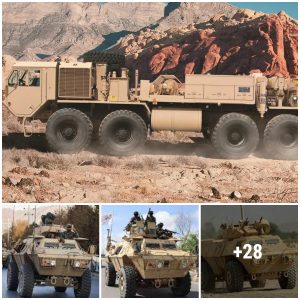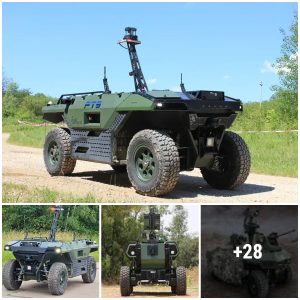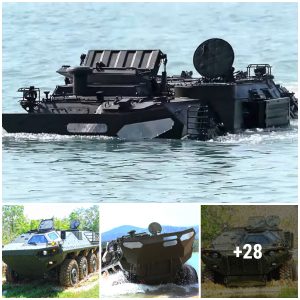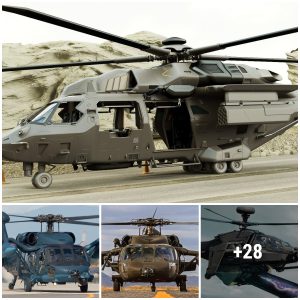After a short delay, the U.S. Navy’s newest, most advanced, and most expensive aircraft carrier finally began her maiden deployment on Tuesday from Norfolk, Virginia. Though it won’t be a world-spanning whirlwind cruise, it is still an important milestone for the USS Gerald R. Ford (CVN-78), the first new U.S. carrier design in more than 40 years.
The carrier’s construction began in November 2009, and she was commissioned in 2017 by former President Donald Trump. As the lead ship of a new class of supercarrier, CVN-78 faced numerous delays as the bugs were worked out of various systems. The Navy’s hope is that construction and shakedown of the next two Ford-class carriers, the future USS John F. Kennedy and USS Enterprise, go a bit more smoothly.
Finally at Sea
This is not the first time that USS Gerald R. Ford has headed to sea, as she underwent numerous sea trials and tests since being commissioned in late July 2017. But Tuesday marked her first official deployment. She is the lead vessel in a carrier strike group that includes six ships from NATO allies, along with multiple U.S. warships and a submarine.
Around 9,000 personnel from nine nations, 20 ships, and 60 aircraft will be involved in the carrier’s maiden voyage, according to the U.S. Department of Defense. U.S. commands and units involved in the GRFCSG deployment include Carrier Strike Group 12, Carrier Air Wing 8, Destroyer Squadron 2, USS Normandy, USS Ramage, USS McFaul, USS Thomas Hudner, USNS Joshua Humphreys, USNS Robert E. Peary, and USCGC Hamilton.
“We’re going to use the entire Atlantic as our playpen,” Navy Capt. Paul Lanzilotta, the ship’s commanding officer, told reporters ahead of the deployment. “We’re going to be doing pretty much every mission set that’s in the portfolio for naval aviation.”
The deployment had been planned to begin on Monday, but “changing weather conditions” off the coast of Virginia pushed it back as the remnants of Hurricane Ian moved up the Atlantic coast. The storm re-intensified after slamming through Florida last week.
The delay was no portent, but it was perhaps a reminder that the ship was initially expected to be deployed four years ago. “Better late than never” could be suggested as an appropriate nickname for the carrier.
Biggest Carrier Ever
USS Gerald R. Ford is the largest warship in the world. The carrier displaces 112,000 tons of water, which is 12,000 more tons than the U.S. Navy’s Nimitz-class carriers, and 32,000 tons more than the world’s third-largest warship, China’s new Type 003 Fujian aircraft carrier.
The Navy has described the carrier as “America’s biggest and baddest warship,” and she is equipped with nearly two dozen new technologies and a completely redesigned flight deck, which allows the ship to generate 30% more flights than other U.S. carriers.
CVN-78’s advanced technology also includes “nearly three times the amount of electrical power” as Nimitz-class carriers, and uses the electromagnetic aircraft launch system, or EMALS. The EMALS system utilizes electric power to launch aircraft off the vessel, rather than the older steam catapult system. It puts less stress on the aircraft as they are launched from the carrier, and it will allow for less time between launches. In addition, the carrier is now the only such warship equipped with the advanced dual-band radar system.
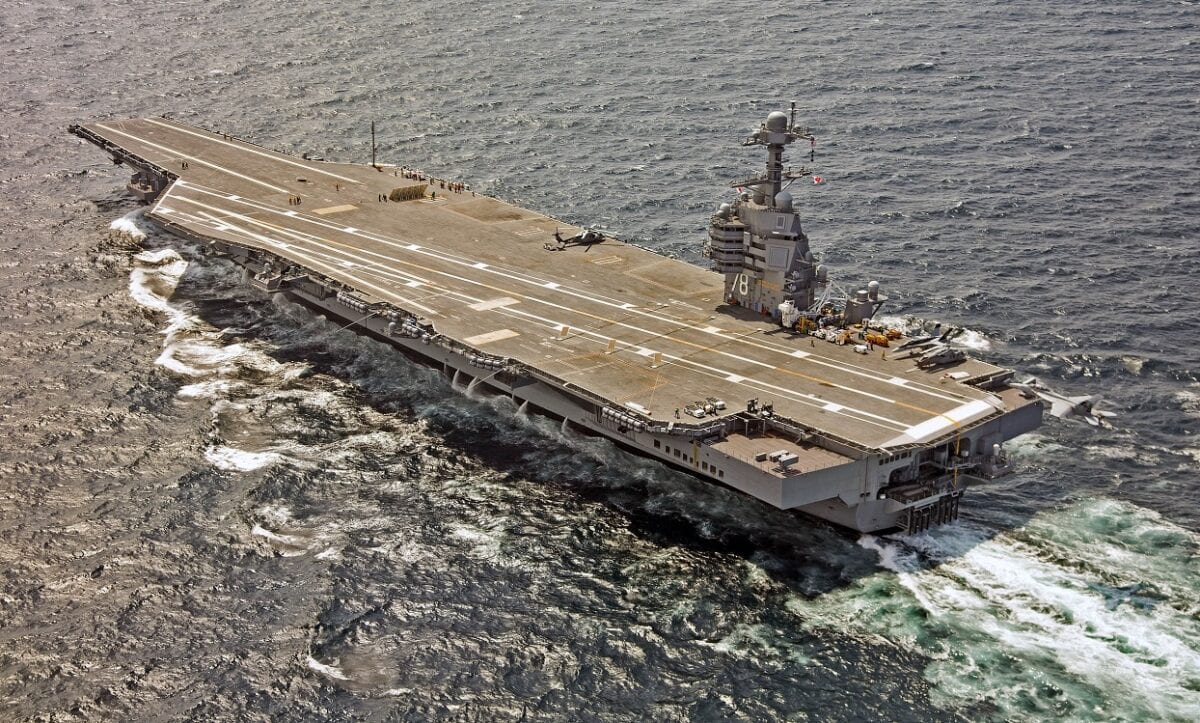
Image: Creative Commons.
Due to significant upgrades in design and automation, the USS Gerald R. Ford will actually require about 600 fewer sailors to maneuver it than the Nimitz-class carriers. That change is expected to translate into billions of dollars in savings across the ship’s 50-year lifespan, which is good news since the carrier’s total cost was far higher than initially expected. While she is the largest and most advanced warship ever built, she is also the most expensive.
Beginning this week, the Navy can finally see if it was worth the cost and the wait.
